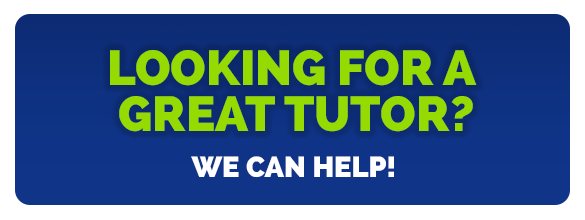The answer is often “Both”
The American Speech-Language-Hearing Association (ASHA) explains the importance of communication skills, “You need language skills to communicate. And you need to communicate to learn. Reading, writing, gesturing, listening, and speaking are all forms of language. The better your communication skills, the better you will do in school.”
If a child has difficulty with reading, writing, spelling or doing grade-level work, taking tests or understanding social cues, they may have a speech and language problem.
By the time a child enters school, it becomes obvious to parents and teachers if they are having problems with speech and language. Here are some common indicators for younger school-age children:
- Has difficulty following directions
- Has difficulty answering questions
- Has difficulty staying on topic during conversations
- Frequently misunderstands what is said to them
- Has difficulty telling a story
- Has a poor memory
- Is difficult to understand
- Doesn’t use the right sounds for words
- Is the problem in one subject or across many subjects
First, Diagnose
Since public schools have Speech Language Pathologists, or SLPs who can conduct evaluations to help pinpoint a child’s problem, that is usually the first recommended step. The student’s problem may be due to hearing loss, or an attention deficit disorder. A dyslexic child can also display some of these symptoms. In order to provide the most helpful support, it’s important to identify the cause.
The Individuals With Disabilities Education Improvement Act of 2004 (IDEA) specifies the necessary components of an evaluation:
- A variety of assessment tools and strategies should be used to gather relevant functional, developmental, and academic information about the child;
- No single measure or assessment should be used as the sole criterion for determining whether a child is a child with a disability and for determining an appropriate educational program for the child; and
- Technically sound instruments should be used that may assess the relative contribution of cognitive and behavioral factors, in addition to physical or developmental factors.
SLPs play a central role in screening, assessment, diagnosis and treatment of childhood apraxia of speech (CAS), autism spectrum disorder (ASD), and the development of literacy for children with dyslexia.
There are laws and regulations on the federal and state levels that impact the provision of services in the school setting, and the creation of Individualized Education Programs (IEPs) and 504 Plans.
How to Achieve the Best Outcome
Should it be determined that a child needs the support of a speech therapist, that help can often take place in the school setting. Of course, outside help is also available and certified Speech Language Pathologists whether in school or outside, have the training required to provide assessment, evaluation, testing, and treatment. SLPs coordinate with teachers and families to set goals, determine the best plan of treatment, and measure achievement.
Qualified tutors who are experienced and/or certified in working with students with learning disabilities can also provide great support and become a crucial part of the team contributing to student success. SLPs concentrate on the overall goals, treatment, and progress of a student with speech and language challenges. A tutor can provide subject-specific help and, working with the classroom curriculum, reinforce what is being taught in school. Often a child benefits from both types of support since speech therapy and tutoring are compatible and not mutually exclusive.
Tutors who are certified teachers are able to recognize when a child would benefit from an evaluation to see if speech therapy is indicated. And conversely, a speech therapist is able to see when a student needs subject-specific tutoring in order to stay on track in the classroom. The earlier intervention takes place, whether therapy or tutoring or both, the better the outcome for the student.

